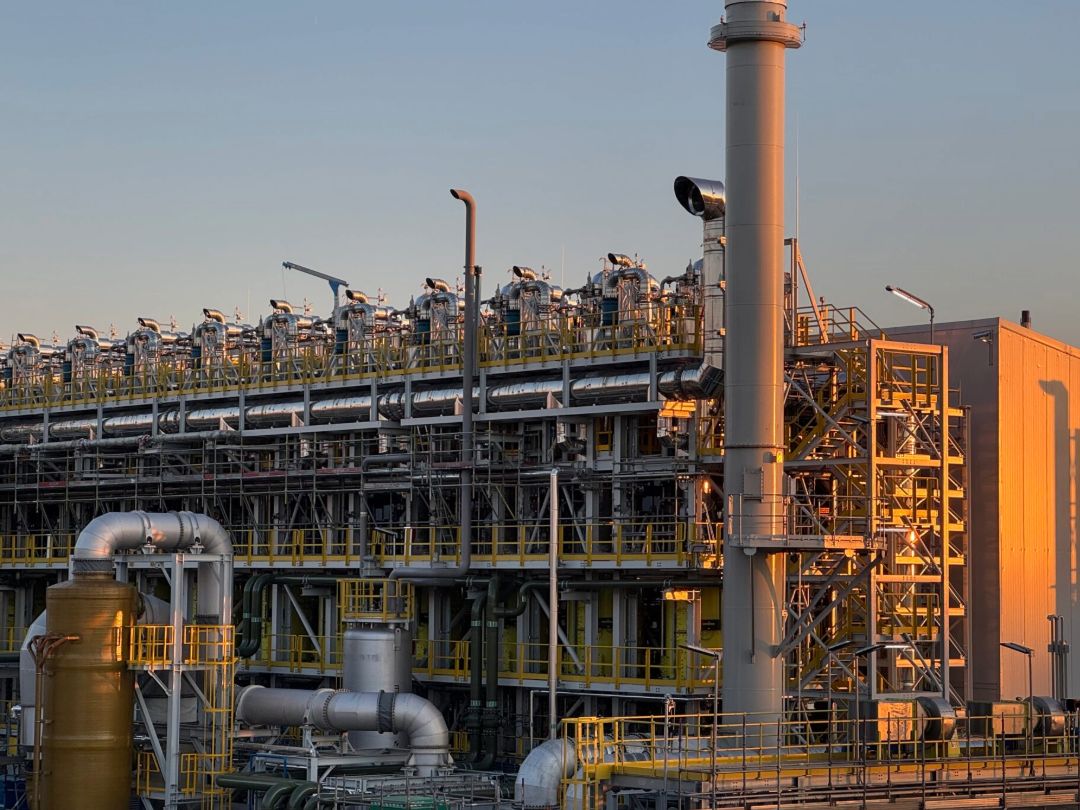Plastic Energy has reached a new milestone with the production of its first batch of pyrolysis oil, branded as TACOIL, from mixed post-consumer plastic waste at its Geleen facility in the Netherlands. This marks an important step in Europe’s move toward chemical recycling and more sustainable packaging.
Turning waste into value
The company’s process focuses on plastics that are difficult to recycle through traditional methods. These materials are converted into TACOIL, which can then be used as a feedstock for high-value applications such as food-grade packaging and medical plastics. Unlike mechanical recycling, which often struggles with contamination and degradation, pyrolysis can handle complex waste streams at scale.
Some key points stand out:
- Less than 30% of Europe’s 32 million tonnes of plastic waste is currently recycled.
- The SPEAR facility, developed with SABIC, is expected to recycle 20,000 tonnes of plastic annually once fully operational.
- TACOIL provides a direct alternative to fossil-based naphtha, making it possible to produce truly circular polymers.
Integration with petrochemical infrastructure
What makes this development notable is its integration into an existing petrochemical facility. This is the first setup of its kind in Europe, and it enables the use of circular feedstocks without requiring separate infrastructure. The approach supports the EU’s 2030 target for fully recyclable packaging.
Ian Temperton, CEO of Plastic Energy, highlighted the broader significance:
Recycling plastic waste into new plastics is critical to building a circular economy — and that’s exactly what this plant delivers.
Ian Temperton, CEO of Plastic Energy
Implications for climate and industry
The success of this project shows how chemical recycling can be brought into mainstream production. It reduces the reliance on virgin fossil resources, lowers carbon emissions, and helps meet tightening regulatory goals. For industry, it also proves that complex plastic waste can be turned into materials that meet the highest safety and quality standards.
As Europe pushes ahead with the Green Deal and its circular economy plans, projects like this provide a clear example of how scaling chemical recycling can make a real difference. TACOIL is more than a single product—it’s a model for how waste can be converted back into valuable resources at industrial scale.
